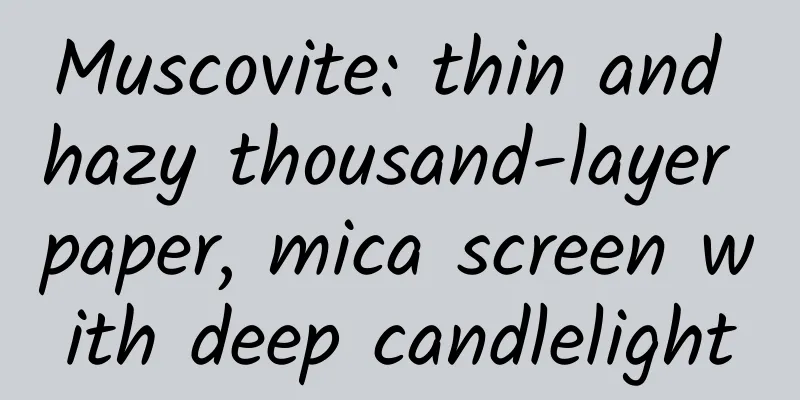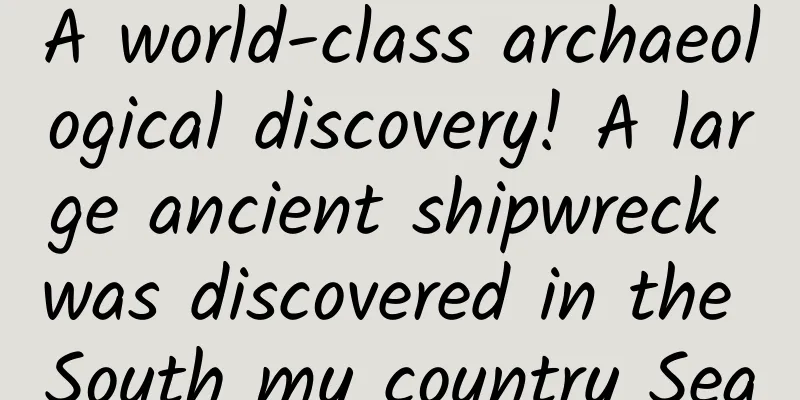Muscovite: thin and hazy thousand-layer paper, mica screen with deep candlelight

|
This issue introduces a white mica specimen from Ontario, Canada. The white mica on the specimen has a regular shape and is stacked up like a book. The specimen is collected in the Earth Science Museum of Kunming University of Science and Technology and is a world-class rock and mineral specimen. Muscovite is a potassium aluminum silicate mineral, belonging to the monoclinic system, with a layered structure inside. The chemical composition is widely replaced by isomorphous substances, and common admixtures include: Ba, Na, Rb, Fe3+, Cr, V, Fe2+, Mg, Li, Ca, F, etc., forming a variety of component variants, such as barium muscovite, chrome mica, etc.; sericite refers to small scaly muscovite. Muscovite is generally in the form of plates or flakes, with a pseudo-hexagonal or rhombus shape, and has obvious horizontal stripes on the column surface. Small crystals are scaly, and large ones can cover an area of several square meters. Pictured is muscovite from Ontario, Canada Muscovite is colorless, and most of them contain impurities and are light yellow, brown, gray, light green, light red, etc. The color change is mainly caused by isomorphous inclusions. Sometimes it presents black and brown spots due to the inclusion of magnetite and hematite. Muscovite is transparent to translucent, and has a set of extremely complete cleavages. It can be peeled into elastic flakes layer by layer with a knife or fingernail. It has a glassy luster and pearly luster on the cleavage surface. The hardness is 2-3 in the direction parallel to the extremely complete cleavage plane and 4 in the vertical direction. The relative density is 2.76-3.10. Muscovite is one of the widely distributed rock-forming minerals, which can be formed under different geological conditions. Muscovite often appears in metamorphic schists and gneisses. Mudstone can form sericite during low-grade regional metamorphism, and become muscovite when the degree of metamorphism is slightly higher. Muscovite can be generated in the late stage of acidic magma crystallization and the pegmatism stage. Muscovite produced in granite pegmatites often forms crystals with high industrial value. Muscovite also appears in the sericiteization in hydrothermal alteration, while sericiteization in medium and low temperature alteration forms a large amount of sericite. After weathering and crushing, muscovite can become debris in clastic sediments, and can be transformed into hydromica and kaolinite when weathering is strong. Pictured is muscovite mica (in flake form) from Ontario, Canada Mica is also known as "mica stone", "thousand-layer paper", "silver stone", etc. In ancient my country, mica was used to make screens, transparent windshields for windows and lanterns, and other home decorations. It has the advantages of light transmission but no shadow, privacy and transparency. The "mica screen" in the poem "your family's mica screen, sometimes open to the wild courtyard" refers to the mica screen. In Qianjin Fang, mica stone is used as a traditional Chinese medicine, also known as silver stone. After processing for internal and external use, it has the effects of improving eyesight, stopping diarrhea, nourishing the kidney and cold, calming the five internal organs, and removing dead muscles. Muscovite is characterized by insulation, high temperature resistance, stable physical and chemical properties, good thermal insulation, elasticity and toughness. In industry, muscovite is widely used in daily chemical raw materials, mica ceramic raw materials, paint additives, plastic and rubber additives, building materials, protective layers for welding rod coatings, drilling mud additives, insulation materials for electrical equipment and electrical equipment, and in the manufacture of steam boilers, furnace windows for smelting furnaces and mechanical parts. Pictured is a detail of muscovite from Ontario, Canada. In the world of mineral specimen collection, muscovite can be seen in many exquisite and precious specimens, but it often appears as a "supporting mineral". In many specimens, flaky muscovite aggregates can often make the main mineral more exquisite and gorgeous. Muscovite is produced all over the world, with major production areas including Australia, Bolivia, Brazil, Chile, Canada, China, France, Norway, Russia, Slovakia and the United States. Written by: Zhu Jun, Shen Cen, Wang Lei Scientific Advisor: Zhang Shitao Photographed by: Yang Yuchen Poster: Jung Pil-yoon Supporting institution: College of Land and Resources Engineering, Kunming University of Science and Technology |
<<: The roasted lamb in Kashgar is so delicious!
>>: Wild watermelon seedlings are neither watermelons nor seedlings.
Recommend
The benefits of drinking lotus seed heart soaked in water
Lotus seeds are a favorite food for many people. ...
What are the medicinal values of white fungus?
In fact, we all know that many of the foods we ea...
Can dandelion flowers be soaked in water and drunk?
We often see small yellow flowers all over the mo...
Why do scientists in Antarctica always slap seals? Because it's fake...
Recently, an interesting story about a scientist ...
Thumbs up! my country has overcome this problem
recently #Experts overcome the difficulties in gr...
This green vegetable is popular! Some special "vegetables" need to be carefully identified...
A large number of seasonal spring vegetables have...
The efficacy and function of Tibetan Impatiens
What are the functions of Tibetan Impatiens? As a...
A fitness blogger revealed that she had six uterine fibroids due to stress. Experts remind us: Uterine fibroids "prefer" these three types of people
Sports health blogger Zhou Liuye Zoey, who has 9....
The efficacy and function of white fish tail
White fish tail is a very common type of traditio...
Did you know that plants can also be naturalized?
Recent The Men's Basketball World Cup is in f...
Beware! 4 people were poisoned! Just because they drank this soup...
Recently, the Panyu District Market Supervision B...
What are the effects of deer antler tablets?
In our daily life, there are many foods with high...
The efficacy and function of yellow quince
Fluoride is a medicinal material. If we have some...
What are the effects of Astragalus and Angelica?
Astragalus and Angelica are very familiar to some...









